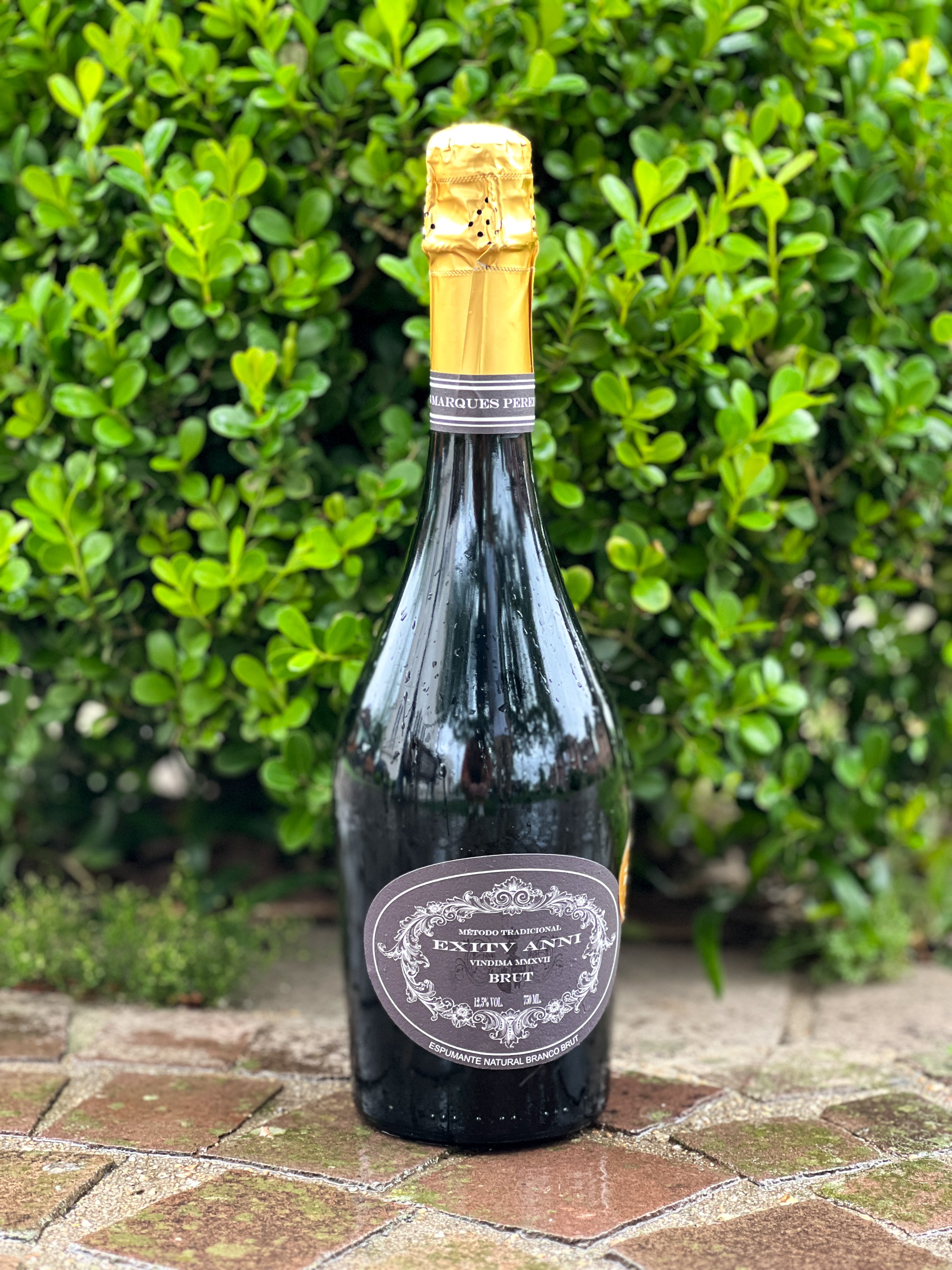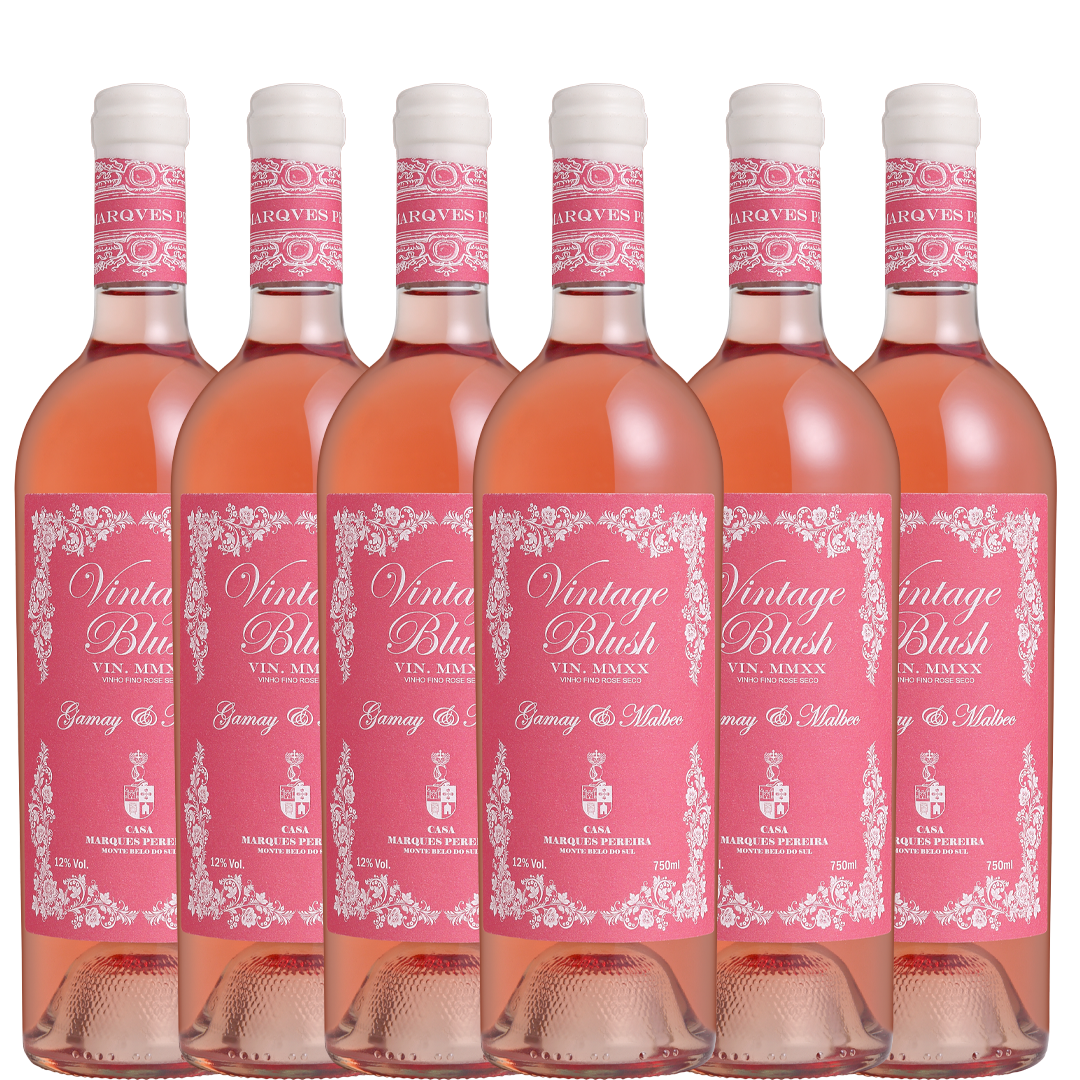How does aging in oak barrels affect wine?
What secrets does this wood, with its ancient history intertwined with wine, hold after harboring the precious liquid for so long? Understand what makes oak so admired and coveted in the world of wine.
Try a little exercise; close your eyes and imagine a winery, with its traditional equipment and accessories. I can bet you, with some certainty, that in your mental picture there are some oak barrels. Simply put, some symbols are so intimately linked to wine that it's difficult to imagine one without remembering the other. But how did these charming barrels assume such a natural and imposing position in the wine production process? Why do they seem to be directly linked to the quality of the products? Well, let's start with a little history.
Why use oak barrels?
As the Romans expanded their empire, their troops spread across Europe carrying weapons, provisions, and, of course, plenty of wine. We can consider that at that time drinking wine was safer than drinking water, but obviously a few sips of the beverage of Bacchus and Dionysus helped keep nerves in check and ensure a good night's sleep. But therein lay a problem: as the journeys grew longer, transporting the heavy clay jars, filled with wine for the whole group, was no longer easy.
During one of the Roman incursions into northern Europe, venturing into what is now France, the Romans confronted the Gauls and discovered that the latter cleverly utilized an abundant local wood that proved surprisingly lighter than clay and more flexible with the slightest contact with heat. A light toasting was enough to bend the planks of the imposing oak into the shape of the barrels that the locals used to store beer, and, moreover, the fine porosity of the wood was perfect for preventing the wine from leaking. A true revolution, which led to the rapid replacement of clay amphorae with oak barrels.
Obviously, it didn't take long for wine merchants and consumers to notice that there was something different when the product was stored and transported in barrels, and furthermore, that the longer the wine spent in this container, the more distinct, smooth, and pleasant it became. Definitely, its fate was sealed; this marriage would never end.
Oak has very particular characteristics and is perfect for storing and aging beverages, not only wines but also spirits. It takes advantage of the wood's fine porosity, allowing a gradual and very slow entry of oxygen from the external environment, favoring various reactions in the wine's compounds and ensuring a safe evolution for the beverage.
Beyond this structural characteristic, the oak barrel is rich in natural compounds that are incorporated into the wine that rests inside, compounds that will drastically change the original aromas and flavors of the wine and bring the "woody" touch so famous in the wine world. These aromas, which vary from vanilla to toasted bread and from butter to dried fruit, depend on the intensity of the barrel's toasting, but mainly on the origin of the oak.
What are the main types of oak?
Even though oak can be found in much of the world's temperate forests, among the more than 200 cataloged species, the most commonly used for barrel making are:
French Oak
Undoubtedly the most coveted and subject to very strict regulations regarding its cutting, English oak ( Quercus robur ), the most widely used, or sessile oak ( Quercus petraea), which is rarer, impart notes of tobacco and spices, but with great subtlety, and are considered more elegant in contact with wine. This is the oak we use in the maturation of all our red wines and the Segredos da Adega Gran Chardonnay 2020.
American Oak
The most important type of American oak is, without a doubt, white oak ( Quercus alba). A favorite of coopers (barrel makers), it imparts intense notes of coconut and vanilla, and its coarser porosity compared to its French relative ensures a very distinctive impression in wines.
Hungarian/Romanian Oak
Eastern European oak is of the same species as its French cousin ( Quercus robur), and has been gaining increasing notoriety as it closely resembles it, but at a lower cost, allowing wines with great potential to take advantage of its fine porosity to embrace its rich almond aromas.
Does all wine go through oak barrel aging?
Considering that oak has a slow growth rate and needs decades to reach the point of harvesting, and it is natural that the high cost makes its application a luxury reserved for wines with great aging potential, the lucky ones chosen to enjoy the gifts of this wood also have their development thought about the inevitable passage they will have at the end of alcoholic fermentation, or even during fermentation.
Think of wine and the barrel as hot water and tea; on the first dip, the aromas, colors, and flavors will take over the liquid, intensely transforming it. If we transfer the same tea to a new cup of water, the extraction will be evident, but much less intense. The newer the oak barrel, the more intense the response it will provide. The famous "First Use" is reserved for higher-caliber wines, which have the structure to receive the tannins and compounds from the wood. As the barrel is used, it loses its capacity, and after the third or fourth use, it becomes a storage container, allowing only the slow contact of the wine with oxygen.
It is important to emphasize that oak is as rich and complex as the grape and the wine themselves; its use is extremely beneficial to wines, not only enriching aromas and flavors, but also making them longer-lasting and more balanced. Understanding its characteristics and making the most of them is part of the winemaker's alchemy, with delicacy and experience, carefully dosing to evoke the best of the wood and combine it with the characteristics of each wine.
There's a certain romanticism surrounding the existence of this icon in the world of wine; we revere oak barrels in such a way that even after they've served their purpose, we can't bring ourselves to part with them, turning them into decorative items, benches, tables, and much more, so that, in a way, after accompanying the wines in their evolution, they can witness the result from a privileged position. Perhaps it's a very romanticized view, but that's the story of oak: a bit of science, a bit of art, undoubtedly a fundamental part of creating great wines.















